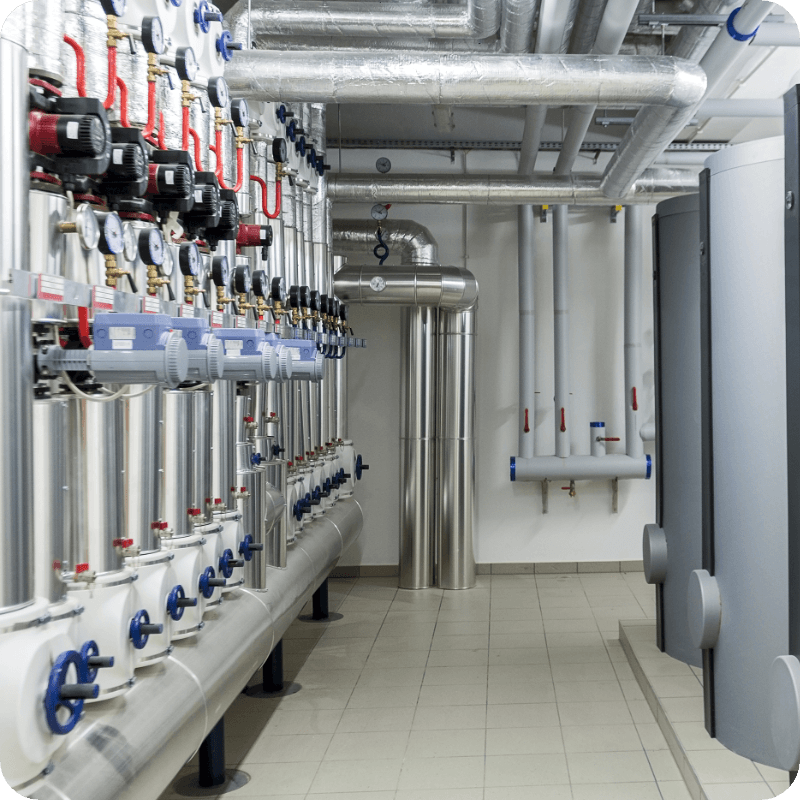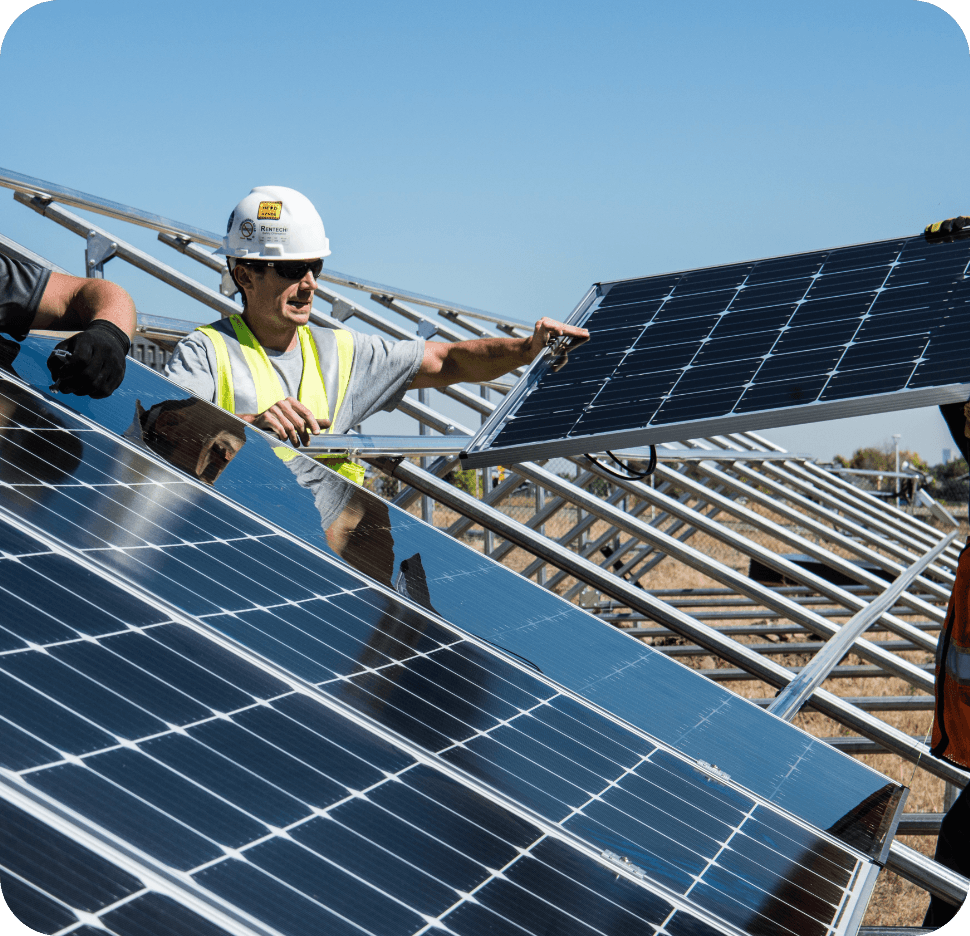
What is the project about?
Stockport Homes Group (SHG) are currently engaged in the HaEs project with a number of projects. These include the installation of Ground Source Heat Pumps (GSHP), Air Source Heat Pumps (ASHP), External Wall Insulation (EWI), Solar PV and batteries as well as one property which will benefit from a deep-energy demand reduction. SHG took a view that it would be best to start with low-hanging fruit such as any properties with electric storage heaters (ESH); these are old, antiquated and notoriously expensive to run. They understand removing ESH and replacing with both GSHP’s and AHSP’s would indeed create energy efficiency, reduce carbon emissions and cost the tenants less to run.
Renewable energy technology isn’t new to SHG and the company currently manages a housing portfolio of nearly 12,000 homes of which circa 39% already benefit from at least one form of renewable technology. SHG aims to demonstrate leadership and action in this subject area; by delivering at scale low carbon retrofit solutions which results in tenants having cheaper energy costs. The HaES project is a good opportunity to continue with SHG’s journey into low carbon assets.
Challenges faced and solutions to overcome
An initial challenge was with the technology itself and SHG had a lot of questions about how to implement the technology correctly and most efficiently. Some of the main questions included:
- What is the correct specification for each measure?
- Where would they fit the technology’s components parts within the buildings they manage?
- Would they require planning permission or was this under permitted development rights?
- And ultimately, will the chosen measures reduce carbon and reduce tenants energy costs as the project intended?

These have been important lessons for the project and have required a great deal of cooperation across the partners including Procure Plus, the contractors and manufacturers involved in the schemes and the other housing association partners. Sharing of knowledge has been vital so that each iteration of the project can be improved.


Outputs so far
So far just under 220 measures have been installed, the project breakdown is as follows:
Contractors will be starting on site for the ASHP project in the next month and the EWI contractor is currently undertaking the final works with a completion date of August 2021. Though the GSHP project has been completed, some properties were not completed due to refusals by some tenants at the initial install stage. SHG are looking to complete works on these properties as and when these become void.
The measures to be installed on the deep-energy demand reduction property are still under discussion.
Tenant feedback
The majority of tenant feedback has been very positive, especially when they have been making savings on their heating bills. Another positive point customers have come back with is the improved response time of the new heating system.
In the past it took the storage heaters hours to heat up and some customers had them on all the time, an inefficient and costly way to heat the dwellings. In contrast, the new heating system takes within 15 – 20 minutes to get to the required room temperature and there is much more controllability built in.
For example, with the thermostats and radiator valves that have been installed, residents can control individual room temperatures and reduce the temperature in one room while having a higher temperature in the one they’re in – this is a cost-effective and energy-efficient way to maintain comfort and a great benefit to the tenants.



A pull quote / important takeaway from the article to be inserted here.
Aspirations
SHG are committed to the protection of our environment and tackling rising energy costs amongst their customers. SHG are committed under their Climate Change Strategy to stop fitting any new gas systems within their new build programme or capital investment plans from April 2023. It is believed that SHG will largely use ASHP and possibly the addition of solar PV for the foreseeable future. The success of HaES has helped influence these decisions.

Other challenges
Other challenges, also shared by other partners in the project, involved the local Distribution Network Operators (DNO’s) and whether a mass-rollout of electrified heating systems could be accepted on local grid infrastructure.
But perhaps the biggest and possibly most important challenge SHG found was tenant acceptance and education programmes to ensure tenants are maximising the full potential of energy savings by correct use of the systems.
A pull quote / important takeaway from the article to be inserted here.
Early consultation with key stakeholders, specifically with tenants who will need to live with this technology, has been a key element that has eased the above challenges. SHG has its own in-house energy advice team and this has proven crucial.
These in-house teams have worked alongside the contractors’ own resources and have collaborated well on the development and implementation of educational programmes for behavioural change.
SHG also commissioned a speciality planning consultant to work alongside the Project Leader to ensure local planning applications are developed both accurately and speedily.

How do you access information or get in touch with us?